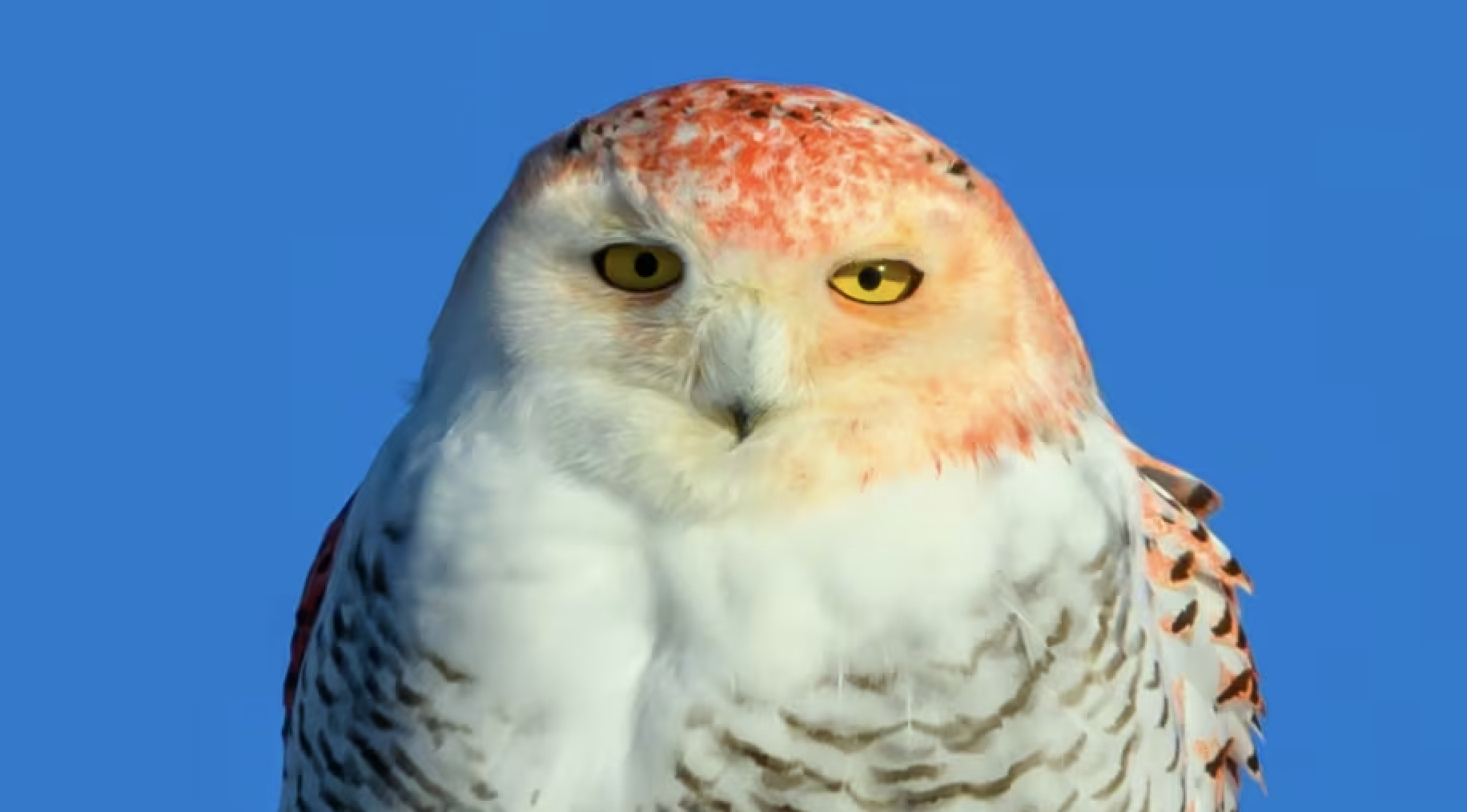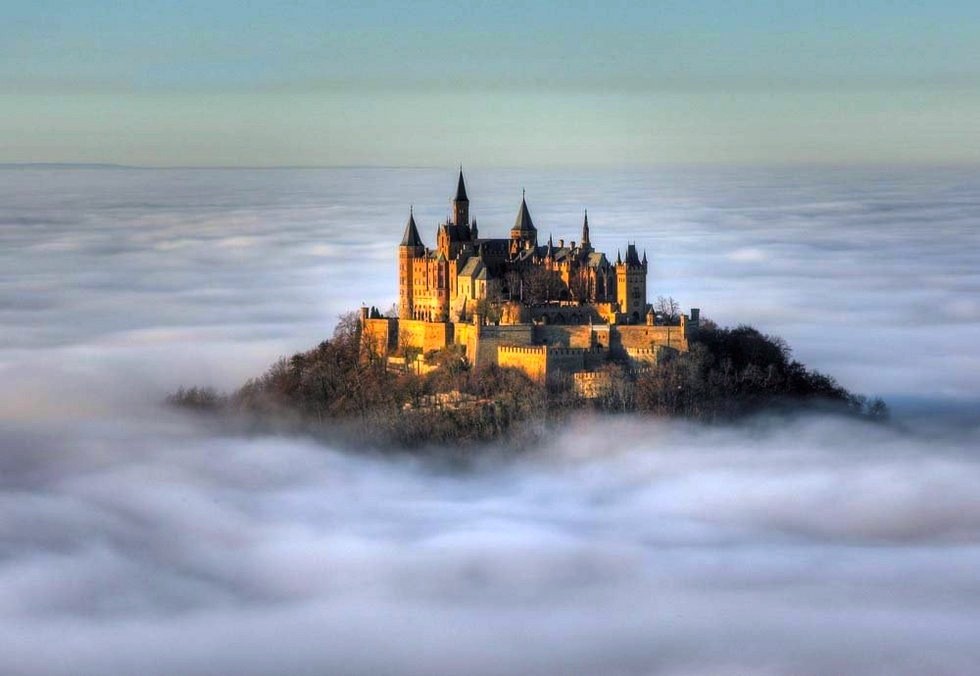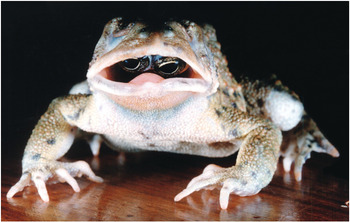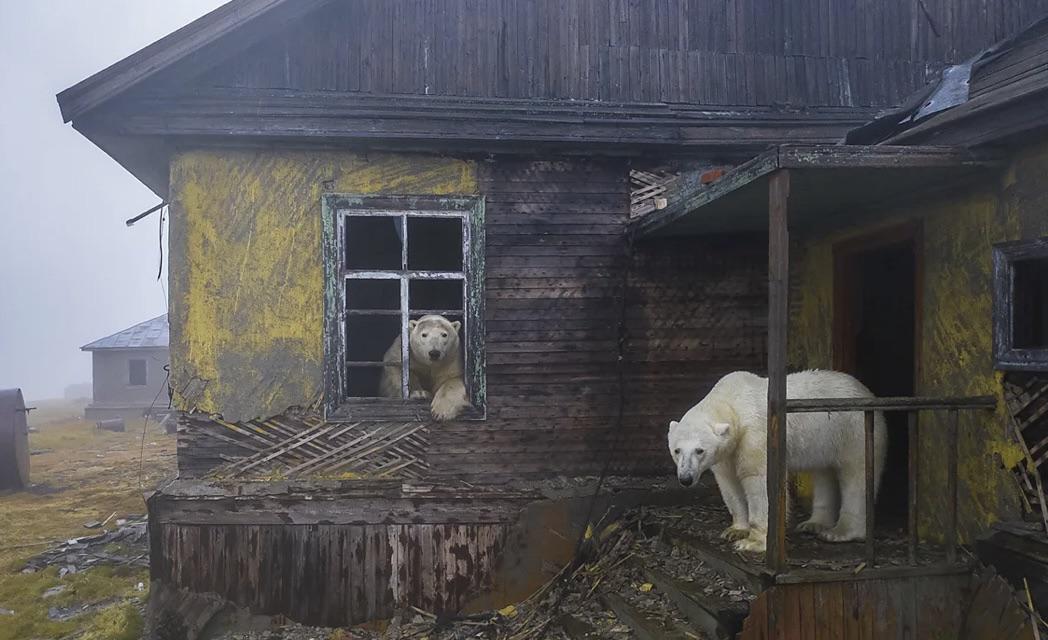In a discovery that has electrified the wildlife photography and ornithology communities, a strikingly unusual orange-hued snowy owl has been spotted in Huron County, Michigan. This exceptional bird, documented by local wildlife photographer Julie Maggert, represents what experts are calling an extremely rare color variation in a species typically known for its pristine white plumage.
Maggert, an experienced wildlife photographer who has spent years documenting Michigan’s diverse bird populations, initially thought she might be hallucinating when she first glimpsed the distinctively colored raptor through her camera lens. “I’ve photographed dozens of snowy owls over the years, and I know their typical coloration patterns well,” Maggert explained. “When I first spotted this bird, I actually lowered my camera and rubbed my eyes. I couldn’t believe what I was seeing.”
The extraordinary owl, perched on a fence post along a rural Huron County road, displayed plumage ranging from rich amber to burnt orange rather than the typical white feathers with black barring that characterize most snowy owls. Despite its unusual coloration, the bird’s distinctive shape, yellow eyes, and behavior left no doubt about its species identification.
Snowy owls (Bubo scandiacus) are typically characterized by their white plumage, which provides excellent camouflage in their native Arctic tundra habitats. Males tend to be nearly pure white, while females usually display some dark barring. Juvenile birds exhibit more extensive dark markings that gradually fade as they mature.
According to Dr. Kevin Fraser, an ornithologist at the University of Michigan, the orange coloration is likely the result of an extremely rare genetic condition affecting the production of pigments in the bird’s feathers.
“What we’re likely seeing is a condition called erythrism, which is analogous to melanism (excessive black pigmentation) or albinism (lack of pigmentation), but involves an overproduction of reddish pigments,” Fraser explained. “In birds, this can sometimes result from dietary factors, but in this case, a genetic mutation is the more likely explanation given the uniform nature of the coloration.”
The condition is exceedingly uncommon in snowy owls, with only a handful of documented cases worldwide. Some experts speculate that such variants are even rarer in the wild because their unusual coloration would normally make them more visible to predators in their native Arctic environments.
Snowy owls regularly migrate south from their Arctic breeding grounds during winter months in a phenomenon known as an “irruption.” These periodic southern movements bring the majestic birds into the northern United States, where they typically hunt in open fields and along shorelines that resemble their tundra habitat.
Since news of the orange owl broke, birders and photographers from across the Midwest have flocked to Huron County hoping to catch a glimpse of the rare variant. Local officials have reported increased traffic in rural areas known to be frequented by the owl, prompting concerns about potential disturbance to the bird.
“We understand the excitement this unique individual has generated,” noted County Conservation Officer Maria Delgado. “However, we’re asking observers to maintain respectful distances and avoid actions that might stress the bird. This means staying in vehicles when possible, avoiding sudden movements, and absolutely no use of recording devices to attract the owl’s attention.”
Beyond its appeal to photographers and birders, the orange snowy owl represents a valuable data point for researchers studying genetic diversity within the species. Dr. Fraser and colleagues hope to collect naturally molted feathers from the bird’s roosting sites for DNA analysis, which could provide insights into the specific genetic mechanisms responsible for the unusual coloration.
“Every variant like this helps us better understand the genetic underpinnings of plumage coloration in birds,” Fraser said. “This knowledge has broader applications for understanding evolutionary processes and adaptation.”
Wildlife biologists are particularly interested in monitoring how the owl’s unusual coloration might affect its hunting success and interactions with other birds. Typically, snowy owls rely on their white plumage for camouflage when hunting, raising questions about whether this individual might face additional challenges.

For Maggert, whose photographs of the orange owl have now been shared worldwide, the experience offers a powerful reminder of nature’s capacity to surprise even seasoned observers.
“I’ve spent thousands of hours in the field photographing wildlife, and just when you think you’ve seen it all, something like this comes along and reminds you of how much variation and wonder still exists in the natural world,” she reflected. “That’s what keeps me coming back day after day with my camera.”
Whether the distinctive owl will remain in the area throughout the winter or continue its migration remains to be seen, but its brief appearance has already secured its place in the annals of unusual wildlife observations and provided a moment of wonder for nature enthusiasts across the region.






